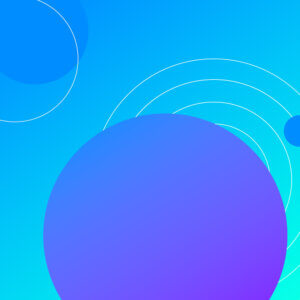Content is the cornerstone of any good B2B marketing strategy. It serves as a strategic tool to connect with our target audience, build brand awareness, engage potential customers, and ultimately drive pipeline. In fact, in a recent survey on B2B marketing budgets, content creation and strategy came in as the #2 area of marketing investment after customer marketing.
One of the best ways to ensure continuous content success is through repurposing content – across asset types, campaigns, personas and target markets – and then syndicating that content across various channels.
Here are six repurposing examples that maximize content ROI.
1. Create content for multiple buyer personas
There are many more decision makers than ever in a B2B purchase decision. You can appeal to multiple influencers with the same content because they’ll share many of the same questions. What often varies between differing personas is perspective or pain points.
For example, if you’re working on content focused on lead velocity, the definitions and challenges don’t change across personas, but the ways in which slow velocity affects different individuals in an organization differs substantially. Lead velocity can mean skewed analytics for marketing ops, while for sales it results in fewer won deals. This means that 80% of the content I write on the subject can remain the same when I’m writing to various roles.
The more you plan content according to differing personas and their top considerations, the more efficiency and ROI you’ll create.
2. Disassemble content and present it in bite-size chunks
Got a 3,000-word whitepaper with a half dozen graphics? Take three of those graphics and use them to tell one story in a new infographic. Or use those same three data points to drive a series of LinkedIn posts that advance your corporate messaging. Or take one key data point that speaks to your core value proposition, and share it with an email list as a fact of the day.
3. Create smaller pieces of content and then assemble into larger works
This is the inverse of the previous measure, but there are numerous opportunities here as well. And this is especially true for younger orgs that are just getting into the content game and formulating their POV.
The idea is to start out with small works – blog posts are particularly good, but white papers and infographics also work. Here you’re testing new ideas and seeing how they work. Are they clear and powerful? Do they resonate with audiences?
After you’ve created several smaller works, your focus will be much sharper. You can then take your strongest existing content, weave in new learnings and develop an ebook (or a longer white paper). During this process you’ll very likely find new ideas flowing from your keyboard, which will become perfect fodder for new blog posts.
4. Reconstitute content in different formats
This practice similarly builds off the preceding two. Four-step processes laid out in blogs can become hands-on workbooks or infographics. Blog series can yield compelling videos. Segments of ebooks can make great blogs.
Experiment with tone, depth, format and design to find the optimal delivery strategy for your target personas while getting maximum mileage from your content. Great ideas and great content hold up in various formats.
5. Share with sales reps
This is one of the simplest, most effective ways to repurpose marketing content. Keep your reps apprised of recent works, the pain points they address and how reps can use it. Sales enablement content should always go hand in hand with marketing content to ensure alignment anyway, so why not kill two birds with one stone?
6. Keep it fresh with regular revision
Your content audit or inventory should assign a date to every piece of content. That date defines when you will retire or update each asset for timeliness, although evergreen elements within a given asset can stay the same. This is especially valuable with content that’s performing well: use modest refreshes to extend its lifespan and ROI.
Repurposing content maximizes the value of your existing content assets by adapting and reusing them in different formats or for various platforms. Then, distribute that content with content syndication across multiple channels to make the most of your content investments and effectively engage a diverse audience.
To learn more about content syndication, please visit Pipeline360.




